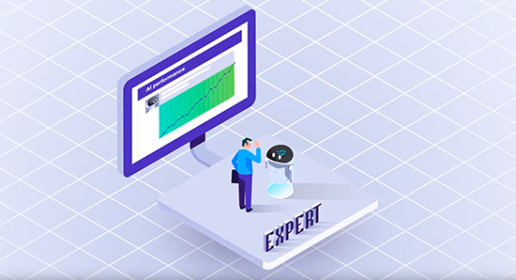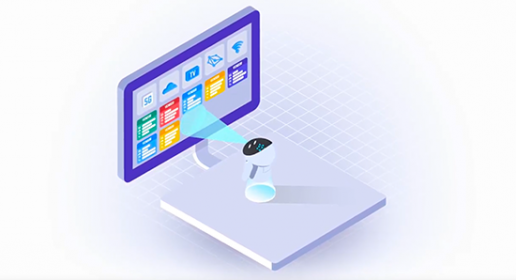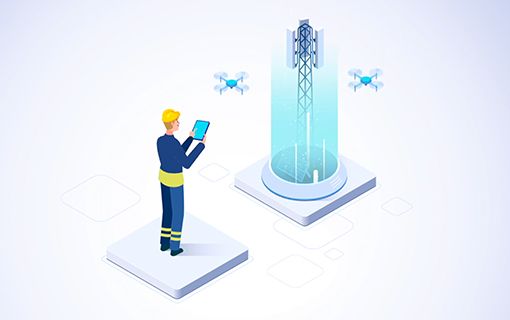How Will Generative AI Change in 2024?
- Published
- 3 min reading
As we venture into 2024, the telecommunications industry stands on the edge of a major transformation driven by the rapidly growing capabilities of artificial intelligence (AI). This year, the hype surrounding AI will not only continue but also mature; it’s marked by a more realistic and balanced view of the technology's potential but also its challenges and limitations.
A balanced approach to genAI
The telecommunications sector continues to embrace generative AI (genAI), but with a newfound pragmatism. This shift reflects an acknowledgement of the immense possibilities and the inherent obstacles, from privacy and security concerns to ethical dilemmas. Operators are now focusing on implementing genAI in ways that respect these boundaries while pushing the capabilities of AI solutions to a whole new level.
Enhanced interaction through LLMs
A major stride in 2024 will be the widespread adoption of large language models (LLMs) in telecom operations. These advanced AI models will be used to process operators' own data with a keen eye on security and ethics. What does it mean in practical terms? We expect a groundbreaking shift from traditional graphical user interfaces (GUIs) to more intuitive, natural language interactions. Users will communicate with management and support systems through text, voice, and even images, streamlining tasks such as network performance assessment, reporting, and operational planning. This will enable truly intent-driven and intent-focused interaction.
The integration of genAI into daily operations is expected to optimize costs significantly. AI assistants will be able to handle routine and complex tasks much more efficiently than the current solutions. This not only reduces operational overheads, but also frees up human talent for more strategic initiatives.
Finally, we're witnessing a fundamental transformation in the way telecommunications companies interact with their customers, continuing the move toward a more individualized and personalized approach. This shift promises to accelerate and streamline the resolution of issues and fulfillment of requests, thereby improving the quality of customer service.
Domain-expert AI models
The year 2024 will also see the emergence of domain-specific AI models based on generic LLMs. These specialized models will be tailored to specific business areas, technologies, and standards within the telecom industry, offering enhanced performance in specialized tasks. For example, they will be able to create complex network service topologies and configurations based on requirements articulated in natural language, illustrating a synergy between domain expertise and AI flexibility.
Going beyond LLMs to address specialized needs
There is a growing effort to develop non-LLM AI models to address telecom-specific challenges such as network optimization and predictive maintenance. These tasks, not ideally suited for language models, are being tackled by combining LLMs with other techniques such as graph neural networks, providing a holistic approach to solving complex issues.
AI scaling and mobility
Looking ahead to 2024, scaled AI models seem to be growing in popularity. These models are expected to have a smaller carbon footprint and thus be more adaptable to environments that have limited computing resources (edge data centers, PCs, and mobile devices, to name a few), driven by the need to manage infrastructure costs and power consumption. This evolution represents a move toward more efficient, accessible AI applications, particularly in edge computing, enabling faster and more effective data processing at a lower cost. The move to edge computing supported by AI paves the way for faster, more efficient data processing and decision-making capabilities placed closer to the data source, for example, in RAN controllers.
What’s next for AI?
Currently, AI is no longer just a buzzword or a fleeting trend in telecommunications; it's a pragmatic, powerful tool reshaping how operators approach their work. From enhancing human-AI interactions to developing specialized models and beyond, AI is steering the entire industry into a more efficient, innovative, and interconnected future.
Are you interested in other trends that will redefine telecommunications as we know it today? Download our free ebook, entitled "Pushing the Boundary: Innovation Forecast for the Telecom Industry in 2024 and Beyond," and be ready for upcoming developments.





